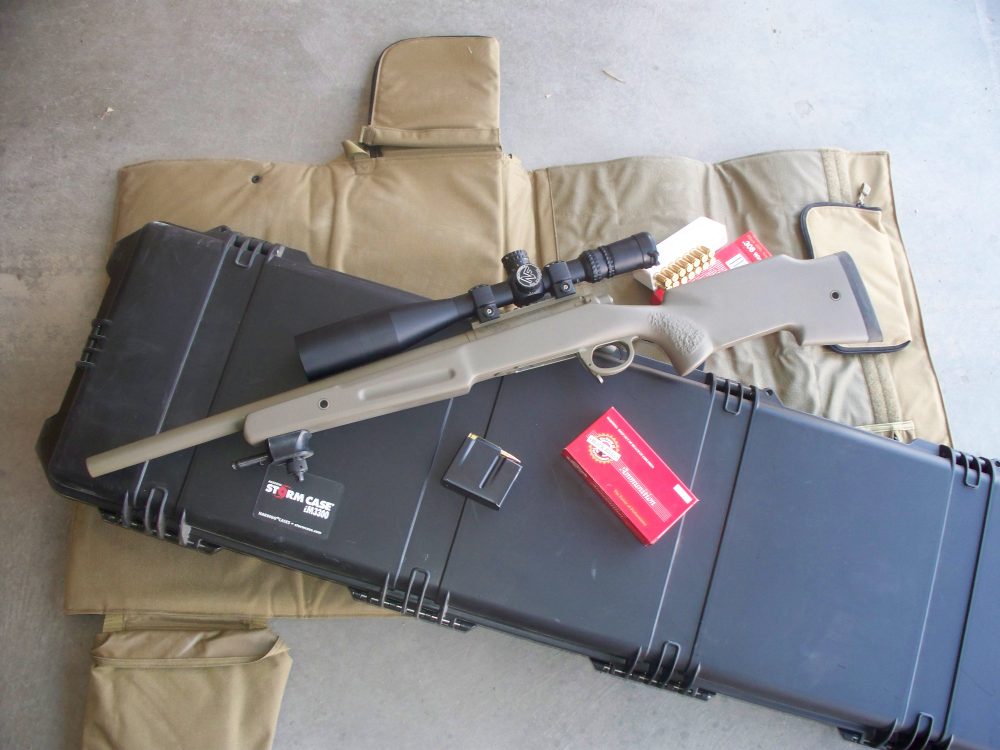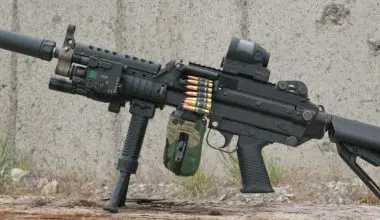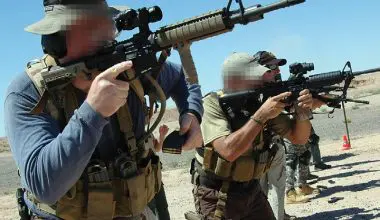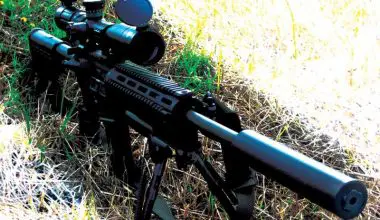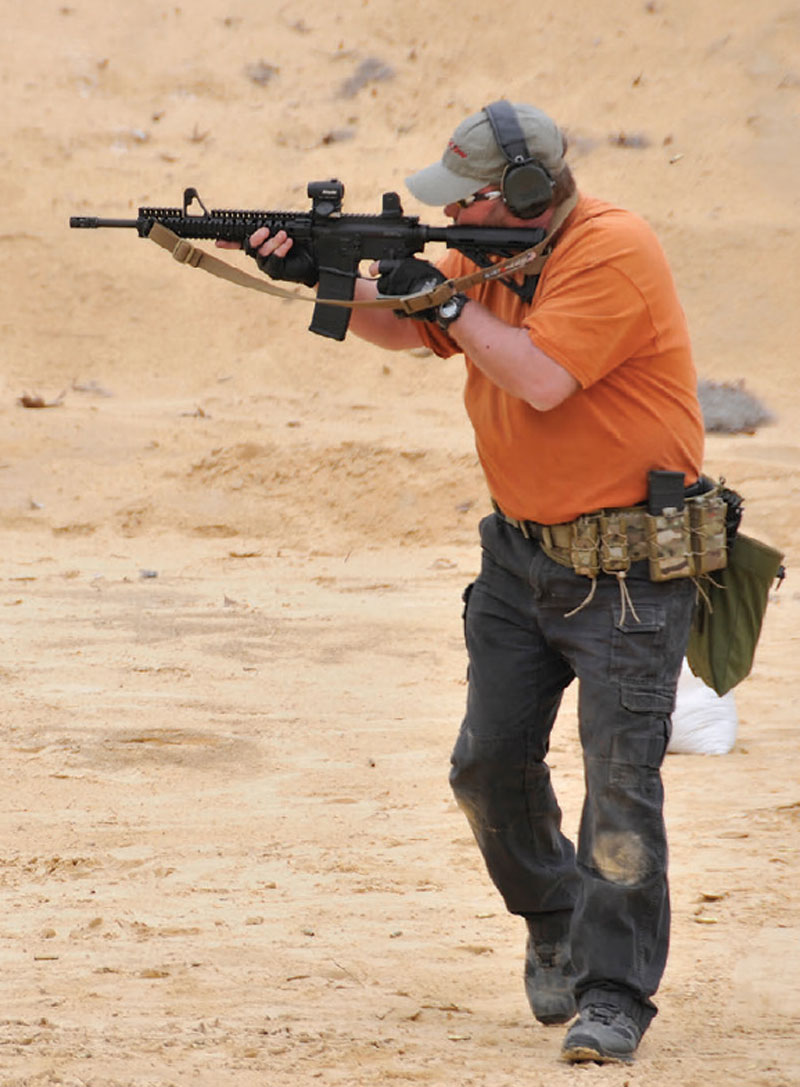
If you want it done right, do it yourself.
This might be the unofficial motto for all Daniel Defense endeavors. Since arriving on the scene in 2000, the size of the company has doubled or tripled every year. As the company stands currently, it has over 100 employees and is located in a 38,000-squarefoot manufacturing facility in Black Creek, Georgia, with another recently opened site across the river in South Carolina.
Marty Daniel decided in 2000 that the AR market was ripe for someone to introduce quality aftermarket accessories such as sling adaptors and railed forends. This is probably hard to fathom in 2013, now that there are a plethora of AR products available. It was only a small conceptual leap before Daniel Defense was making complete AR rifles starting in early 2009.
In prior interviews, Marty had given clear perspective on how he wanted to run his firearms business. I was fortunate to meet Marty and his wife during a writers’ tour of Daniel Defense’s Black Creek facility, where he explained the importance of customer service in the DD mindset.
Table of Contents
WHAT THEY DO AND WHO THEY DO IT FOR
Daniel Defense is not an AR parts assembler that then stamps their name on a weapon made from someone else’s components. In fact, Daniel Defense is a major supplier of OEM parts and accessories for many of the other AR brands on the market. It was interesting to see what items were shipping out from Daniel Defense to other brands. A gentleman’s agreement prohibits me from detailing. This in-house production gives DD a high degree of quality control and frees them from over-reliance on outside suppliers.
Daniel Defense produces their own barrels, upper and lower receivers, receiver extensions, bolt carriers, bolts, carrier keys, and gas tubes. Every bolt is proofed and magnetic particle inspected to guarantee reliable performance. They even went so far as to produce their own lower parts kits composed of the trigger assembly and assortment of tiny parts and pins. When a company is willing to produce their own pins, it’s a safe bet that they are obsessed with turning out a quality rifle.
Daniel Defense invests heavily in production capability such as CNC machinery, robotics, and hammer forging barrel production. A walk around the Black Creek facility makes this obvious, while keeping in mind what the 90,000+ square foot South Carolina plant must represent in terms of capital investment from DD’s corporate leadership.
A key component to the Daniel Defense AR reputation for accuracy is their Chrome Moly Vanadium steel cold-hammer-forged barrel. The barrel is also milspec phosphate coated. It is worth looking at DD barrel production as a vehicle to explore what sets their rifles apart from others on the market.
BARREL MAKER
As noted above, Daniel Defense is one of the very few AR builders that manufactures their own rifle barrels. The majority of ARs sold feature button-rifled barrels, which can be some of the most accurate or some of the most economical barrels made, depending on the specific methods utilized in production. The AR market is very competitive, with multiple brands competing for consumer dollars, thus price point is extremely important. Accuracy and durability take a secondary position with some makes and models.
Compared to button-rifled barrels, the cold-hammer- forged method used by DD is difficult and expensive to manufacture, with the resultant benefits of durability and longevity. As witnessed on the Black Creek factory floor, a hammer-forged barrel starts life as a short steel blank with a hole drilled down its center. The blank is threaded over a mandrel that is the exact dimensions of the rifle’s bore. Big hammers then pound the blank onto and around the mandrel until the barrel is to the specified length and appropriate contour. The process makes for a very dense barrel that is ideally suited to high-round-count carbine use. DD technicians follow detailed proprietary quality-control methods with each barrel produced.
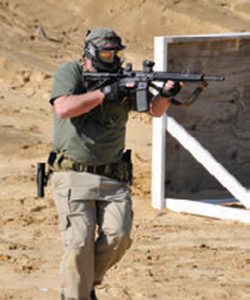
WRITERS WHO SHOOT
My visit to Daniel Defense was not the typical gun writer marketing blitz. This is a real credit to DD’s confidence in its AR product being able to speak for itself in the way of performance. The factory tour was followed by two days of serious training utilizing DD rifles.
Daniel Defense’s Jordan Hunter had arranged for guest instructor Brian Bishop of Orion Applications to run the invited writers and DD rifles through the wringer.
Brian has been steadily training DoD units preparing to deploy to active theaters of operation. The Daniel Defense event was Brian’s first foray into the civilian realm in terms of training. He taught a two-day condensed version of Orion’s GTAC (Geometric Threat Assessment Course). Training was the real deal, with props given to get the most out of the Daniel Defense visit in terms of orientation to its products and viable training.
The two days of training were a mixture of active force-on-force techniques supported by supplemental live-fire training. Attendees squared off as twoman teams as well as individually. We learned Brian’s conceptual definition of a gunfight, along with his nuanced approach of how to break a square-range linear threat assessment with a more real-world geometric outlook. This geometric approach stresses the importance of working angles to your advantage while minimizing opportunities offered to opponents.
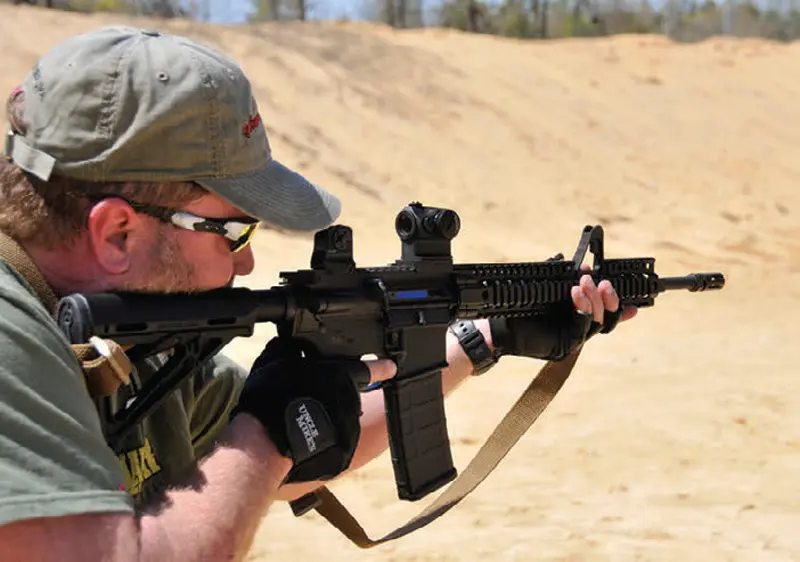
ORION APPLICATIONS GTAC
The Orion Applications GTAC started with a well-prepared introductory lecture and safety briefing. This course had prerequisites to ensure students were beyond a basic level of proficiency. Jordan Hunter did a good job vetting attendees.
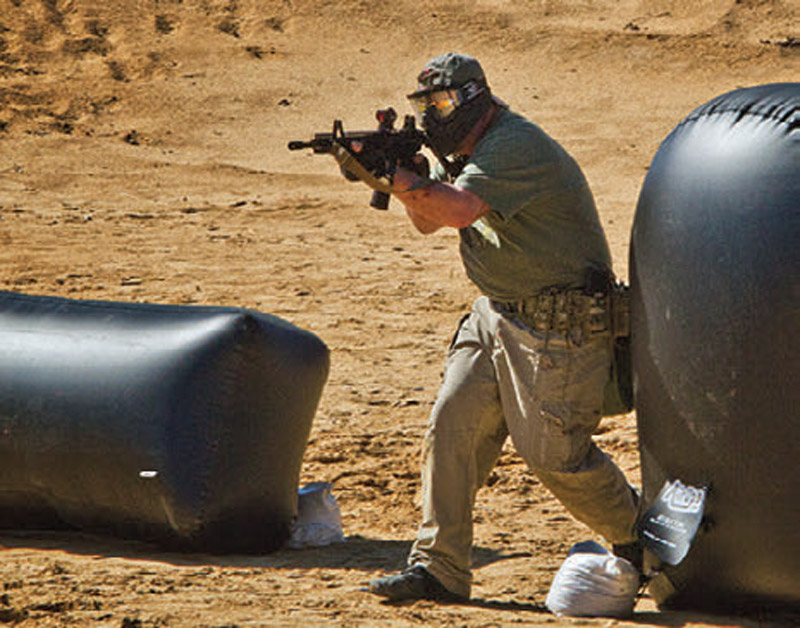
Daniel Defense set up an approximately 60×60-yard range populated with various forms of cover and concealment ideally suited for the UTM (Ultimate Training Munition) based force-on-force training employed the first day. The Daniel Defense rifles had their bolt carrier group replaced with a UTM bolt group to facilitate use of the UTM MMR rounds.
The Orion Applications course cultivated an offensive mindset. Maxims such as “Shoot until the target is down” and “Move forward to engage” illustrate this. The drills conducted in the Orion Applications condensed GTAC forceon- force evolutions demanded dynamic movement to reset an opponent’s OODA (observe, orient, decide, act) loop, giving an individual or his partner time to maneuver to advantageous position to eliminate the opponent.
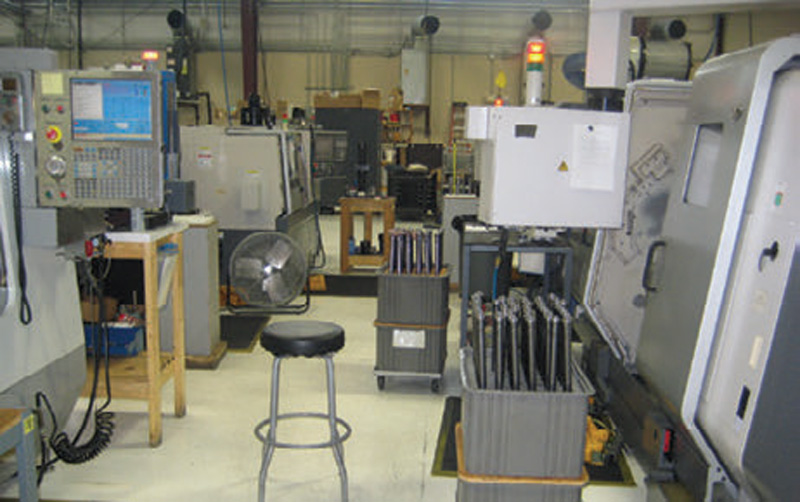
Aggression combined with working the angles was advocated as the best method of reacting to an attack, since it is the least expected course of action. Brian Bishop was adamant that mindset is the most important asset an individual can have, backed up by solid skill sets and tactics.
Brian was quick to point out that the course was his first foray into training civilians versus his prior DoD experience. No two-day course will produce a high-speed, low-drag Tier One operator, but all students became acutely aware of their limitations and gained a better appreciation of what it takes to effectively run a rifle while maneuvering around barricades and/or facing an unknown number of suspects.
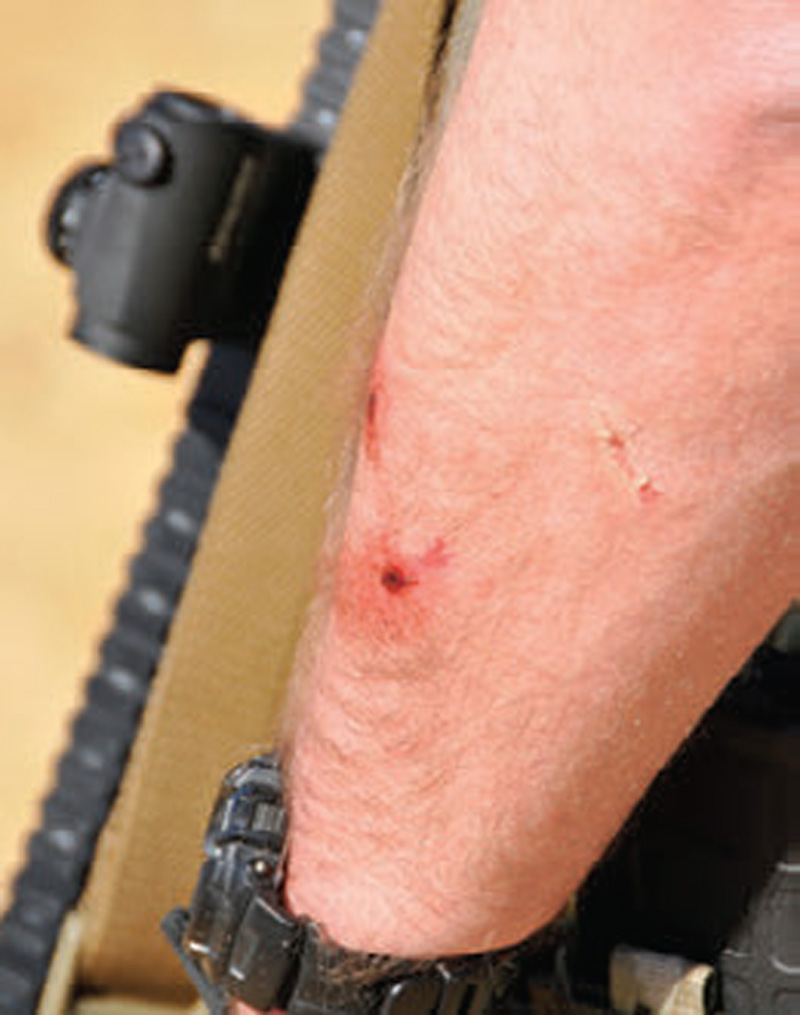
The key to success lies in dynamic, well-orchestrated violence of action combined with applying proper techniques and tactics, all supported by solid equipment.
The first few drills were conducted to gauge proficiency with rifle and tactical decision-making. This lasted only an hour or so and consisted of engaging opponents combined with reloading and shooting while moving both laterally and diagonally. The course moved quickly, with a vast amount of material covered.
DD LIGHTWEIGHT AR
I quickly seized upon a DD M4 V1 LW with Aimpoint T1 as my primary companion during the training.
Daniel Defense’s operating philosophy is captured in its motto: “Lighter, Stronger, Better….” The DD M4 V1 LW typifies this by weighing in at 6.8 pounds while still featuring a full-length Daniel Defense DDM4 quad rail. This is outstanding considering a rail is present as well as other features that are typically avoided in builders’ attempts at a lightweight AR.
A slim 16-inch, 1:7 twist hammerforged barrel is affixed with a DD flash hider. Length of the rifle is 36 inches with stock extended and 32.5 inches with it collapsed.
The DD upper and lower receivers are forged from 7075 aluminum upper and then hard-coat anodized. A singlestage trigger is standard, with M4 feed ramps machined into the receiver and barrel extension. A Magpul MOE adjustable stock is fitted to the V1 LW. The milspec upper and lower receivers are combined with a 5.56mm chamber and carbine-length direct gas impingement operating system.
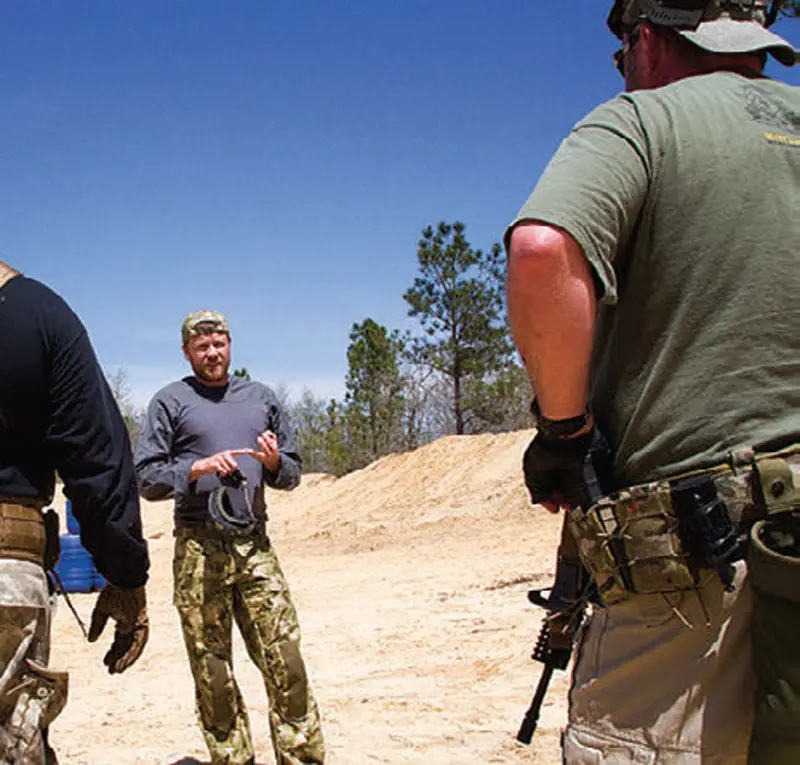
DD V1 LW (AND THE AUTHOR) IN ACTION
Several common themes became apparent during Brian’s debriefs after each training evolution. The importance of having an ergonomic rifle in terms of mounting to the shoulder quickly while maintaining sight picture became apparent when running and gunning quickly while outfitted with a personal protection mask.
Another point was a quick-handling rifle able to react to dynamic unexpected situations and put rounds downrange accurately and rapidly. The DD V1 LW delivered very well in these two aspects.
Non-equipment-related topics consisted of the importance of moving and communicating as a team.
An aspect that was brought home to me personally was the need to pay more attention to cardio conditioning. While the evolutions only lasted for several minutes, I was left huffing and puffing numerous times due to the explosive nature of having to react and move. My mind remembered my more athletic days as my body at times failed to deliver.
The crucial need for maintaining a shooting platform was evident, since an encounter with an opponent could happen at any moment while navigating the training course.
Lastly, resisting the urge to crowd cover even with UTM rounds smacking on the other side was at the heart of what Brian was teaching. The crucial concept to grasp was geometric versus linear threat assessment, with working angles to your benefit.
FINAL THOUGHTS
With a suggested retail price of $1,759, the DD M4 V1 LW AR is not the least expensive AR. Daniel Defense’s goal is to provide the most efficient fighting rifle for the commensurate price. DD components, most built in house, are of proven quality and performance, with cost not serving as the driving force of selection.
All V1 LW design features are intended for maximizing effectiveness during a fight or realistic training on the range. The key component in a fighting rifle is reliability. No matter how accurate or powerful chambering a rifle is, if it does not work 100% of the time, it is a liability.
It seems the AR’s adaptability attribute is also its most abused quality, with some users hanging all sorts of paraphernalia on their ARs. This added weight can negate the inherent AR handling qualities. A simpler approach to a primary weapon such as a rifle often makes more sense for all interested users—military, private security contractors, law enforcement, and private citizens.
The V1 LW was purposely not cleaned during the training. Nearly 1,000 UTM cartridges and over 600 5.56mm rounds were fired during the two-day event. I appreciated the svelte V1 LW for its handling around barricades during the training scenarios. Several of the more dynamic drills experienced during the event showed the M4 V1 LW at its best—unrelenting reliability even when scorching hot after multiple magazines were fired consecutively.
There are a plethora of AR-style rifles and training entities vying for consumer attention. The cliché “buy right the first time” comes to mind, with the DD M4 V1 LW being a good example, due to the attention to detail and quality of its manufacture. The same can be said for Brian Bishop’s training methods, which I experienced thanks to Daniel Defense.

